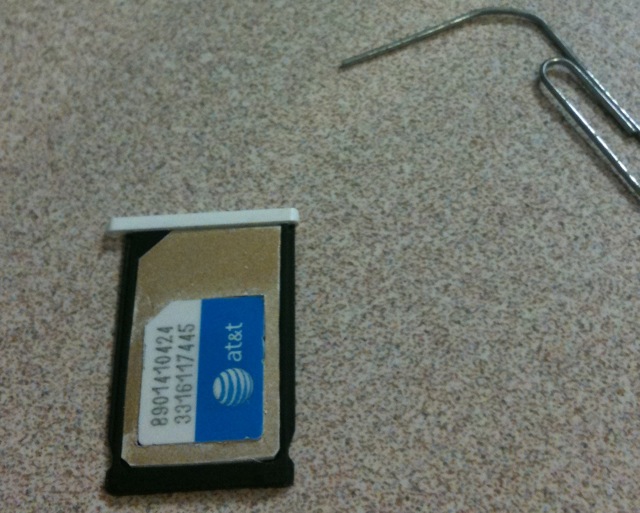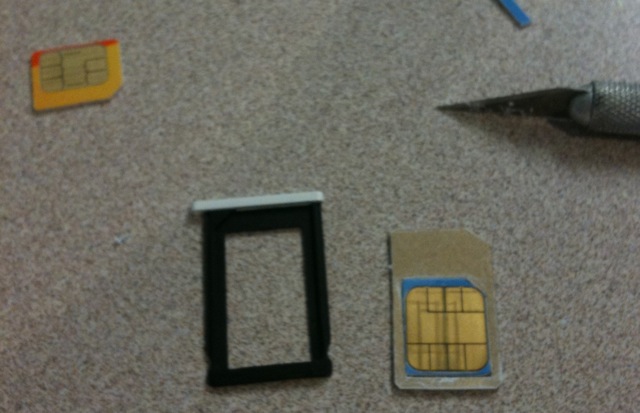For the past two years, I got accustomed to not making phone calls while driving to or from work. It’s an 18 minute drive and in the middle of the drive, around 99 & 105th, my call would get dropped. Every single time. During those two years I used an original, 3G, and 3G S iPhone.
I picked up my iPhone 4 on June 24th. I used my phone a lot that day, calling via FaceTime and normal calls. During my drive home from work, I stayed connected all the way home, for the very first time.
A few days later, I was at a lecture at the Mountaineers on Sand Point Way. AT&T coverage there is meager at best. I experimented there with a SSH session to my home computer, and kept the connection up for almost an hour. That would never have worked with my older iPhones.
This last weekend I climbed Mt. Rainier again. Most of the climbers in our party left their phones in the truck at the trailhead. That is generally wise. Trying to use a mobile phone in the mountains is typically an exercise in frustration.
I had preloaded my iPhone with topo maps of the area and took it out every hour or so to capture waypoints. While pocketed, I had the iPhone in Airplane Mode, which disables all the radios (phone, GPS, wifi). To take waypoints, I’d toggle off Airplane Mode, let the GPS sync, take the waypoint, toggle Airplane Mode back on, and put the phone away.
The surprise was that nearly every time I turned off Airplane Mode, I had an AT&T signal. Getting a signal is one thing. Being able to use it is entirely another. None of us climbers believed it was usable reception until I was able to send out a SMS to each of our wives, letting them know we had gotten permits and were on the route we had hoped to climb.
I can replicate the signal meter issue that so many people have made a big deal about by holding it the wrong way. Then my reception is comparable to previous iPhones (a single bar of coverage in my downstairs). When I avoid holding it that way, I can get outstanding reception. I am quite pleased with the reception of my new iPhone.



You must be logged in to post a comment.